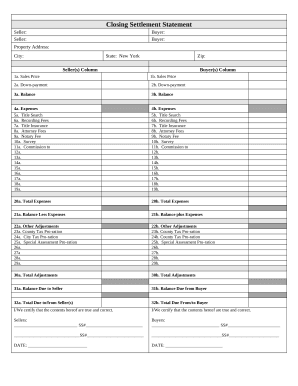
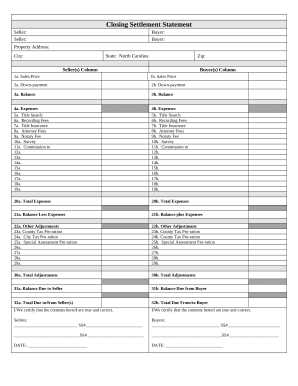

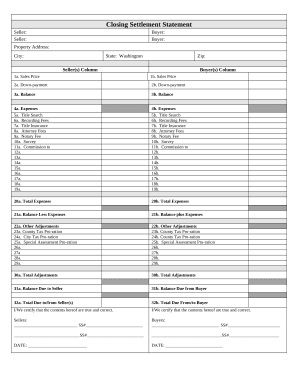
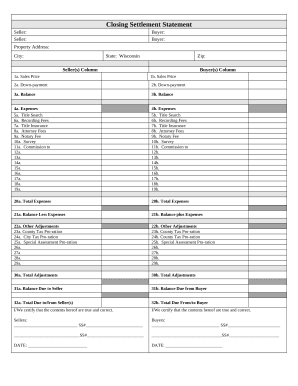
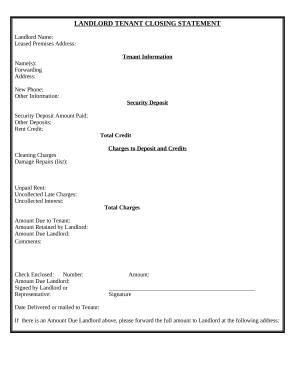


Document administration can stress you when you can’t find all of the documents you need. Fortunately, with DocHub's considerable form categories, you can find everything you need and quickly manage it without the need of switching among software. Get our Legal Closing Statements and start working with them.
Using our Legal Closing Statements using these simple steps:
Try out DocHub and browse our Legal Closing Statements category with ease. Get a free profile right now!